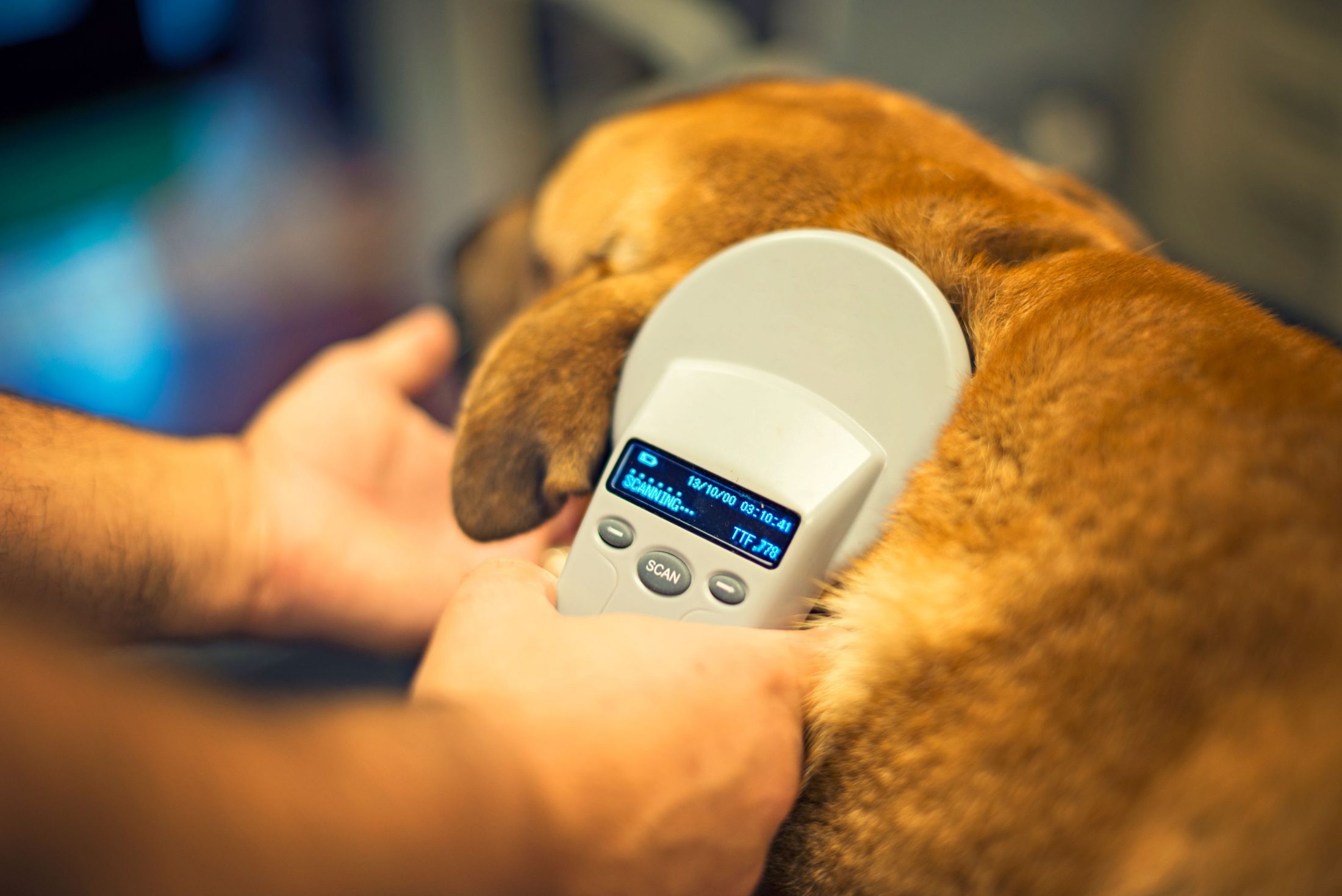
Microchipping your pet undeniably improves your chances of being reunited with your pet if he or she should ever run away. And while you might not think your pet would ever stray, statistics show that one in three pets will become separated from their owners at least once over the course of the pet’s lifetime.
Our True Care Veterinary Hospital team wants your pets to stay safe and live long, healthy lives, which is why we’re celebrating National Microchipping Month by being champions for the microchipping cause.
Numbers Don’t Lie
- Of the 10 million dogs and cats that are lost or stolen every year in the United States, less than a quarter are reunited with their families.
- A study of stray animals revealed that dogs without microchips were returned home 21.9% of the time. That same study also found the following:
- Dogs with microchips were reunited with their owners 52% of the time.
- Non-microchipped cats fared poorly, with only 1.8% being returned home.
- Microchipped cats were returned to their loving owners 38.5% of the time.
- The No. 1 reason for microchipped pets not being returned home was due to incorrect owner contact information in the registry database.
Answers to Common Questions About Microchips
- What are microchips? Microchips are tiny computer chips about the size of rice grains.
- How are they implanted? Veterinarians inject the microchip beneath the surface of the pet’s skin using a needle and syringe — very similar to administering vaccines. The procedure doesn’t require anesthesia and can be done during a routine wellness visit.
- How long do they last? Microchips are designed to last for the lifetime of the pet.
- Do microchips contain personal information? No. Microchips contain a unique identification number that veterinarians and animal shelters can find using a special microchip scanner. The veterinarian can track down the owner’s information by entering the number into a private database. Owners are responsible for keeping their contact information updated.
- My pet wears a collar and ID tag. Isn’t that enough? Your pet should wear a collar with up-to-date tags whenever your pet is outdoors, but collars and tags can come off. Plus, a lot of cats don’t wear collars. Microchips offer a permanent form of identification.
- Are microchips safe? Absolutely! Microchips do not contain batteries.
Observe National Microchipping Month
Do your part to honor National Microchipping Month! Here’s how:
- Make an appointment with your veterinarian to have your pet microchipped.
- Ask your veterinarian to scan your pet (if your pet has already been microchipped) to ensure the microchip is still functioning properly.
- Make sure the registry associated with your pet’s microchip contains the correct contact information.
- Tell other pet parents about the importance of microchipping your pet!
We know how devastating it can be to lose a pet. Please contact us if you have any other questions about the importance of microchipping your pet or to schedule an appointment.

